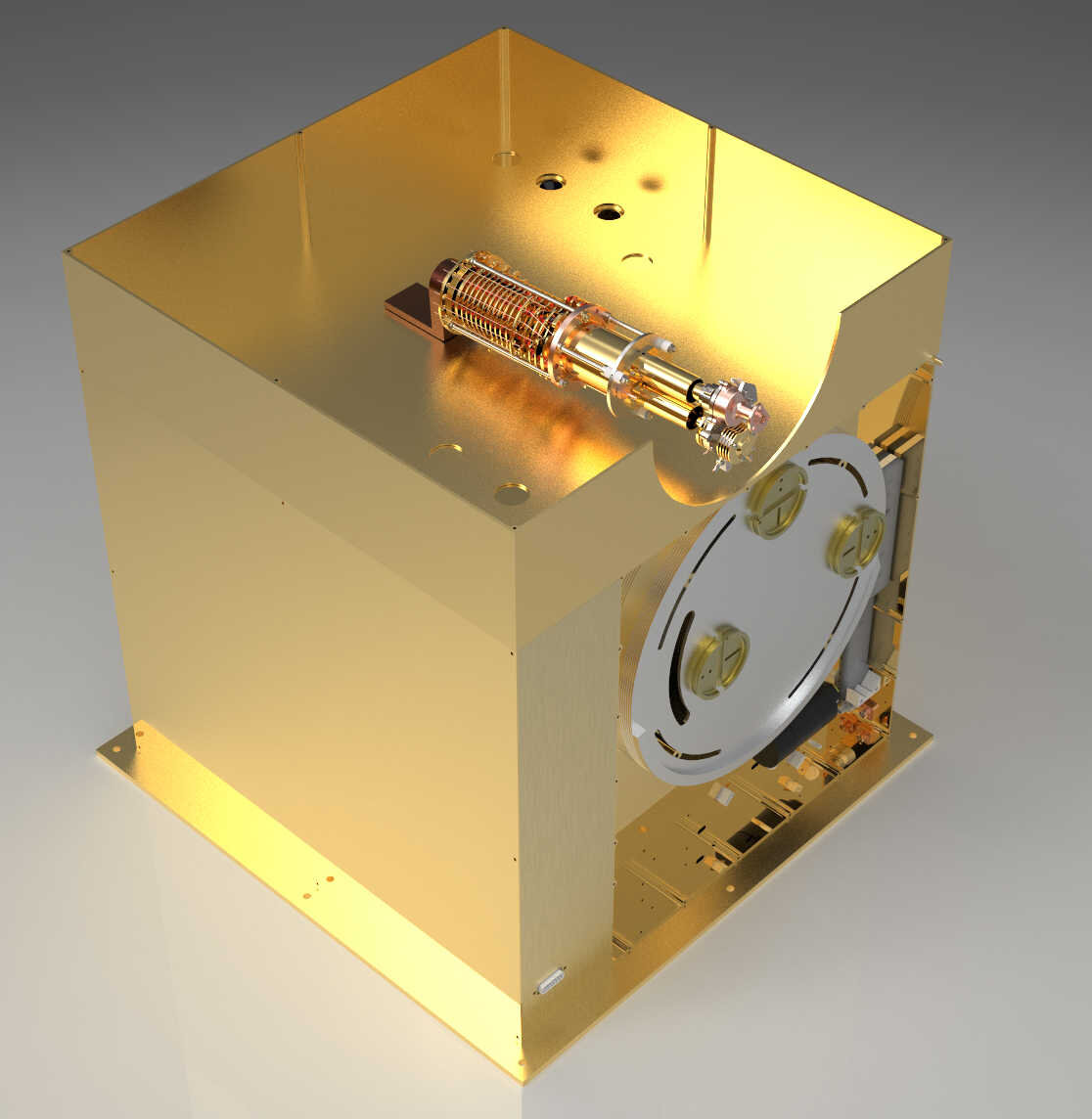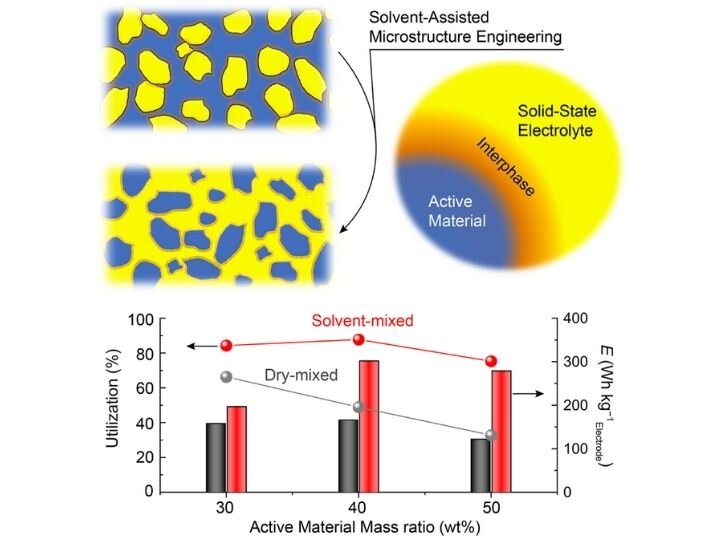#Q&A: A magnificent new sponge from the deep gets a name
“#Q&A: A magnificent new sponge from the deep gets a name”
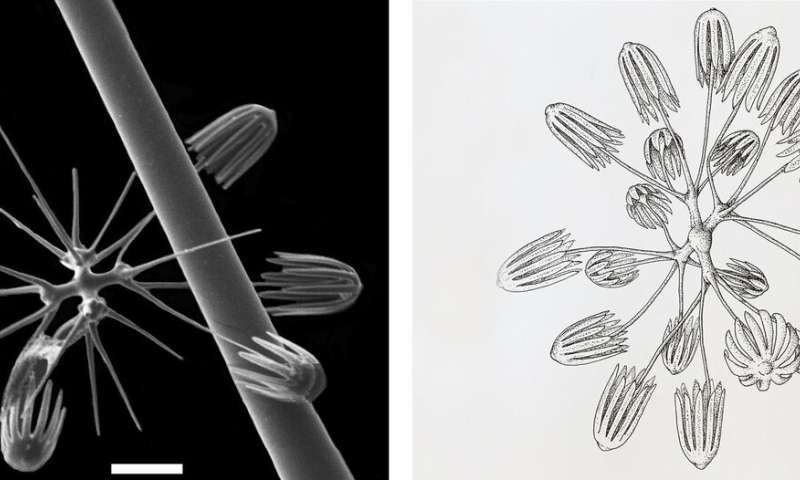
On July 25, 2017, while exploring a seamount during the 2017 Laulima O Ka Moana: Exploring Deep Monument Waters Around Johnston Atoll expedition on NOAA Ship Okeanos Explorer, a team of deep-ocean explorers came upon an extraordinary seascape. Dr. Chris Mah of the Smithsonian National Museum of Natural History (NMNH) dubbed the scene the “Forest of the Weird” due to the diversity of prominent sponges rising up on stalks with their bodies oriented to face the predominant current carrying tiny food particles.
Among the different sponges within this alien-like community was one that could not be missed. Rising high on a stalk, this sponge had a body with two large holes oddly reminiscent of the large eyes of the alien from the beloved movie, E.T.: The Extra-Terrestrial.
Turns out that this wasn’t the first time that scientists exploring via Okeanos Explorer had encountered this unusual sponge. In 2016, while exploring a seamount many miles to the west near the Mariana Trench, a sample of the sponge had been collected. The collected sample was sent to the NMNH for long-term care and study by researchers, setting the stage for this exciting—and charismatic—discovery.
We caught up with Dr. Cristiana Castello Branco, a postdoctoral researcher, who made the discovery of the “E.T. sponge.” Cristiana is working under the guidance of Dr. Allen Collins, Director of the NOAA Fisheries National Systematics Laboratory located at NMNH.
How did you know you’d found a new type of sponge?
It is a long process between when we first see a specimen and when we can give it a name. While we know very little about deep-sea sponges, we do know they are very abundant, so chances are often good that we will find new species. But to know you found a new one, you need to analyze the skeletal elements of the sponge, called spicules, in the lab using powerful microscopes. The types of spicules and how they are organized in the body vary across different types of sponges, and the spicules are what we use to make identifications. But on top of that, we have to compare what we see to all the known species of a particular genus to find out if it is known or new to science.
For the “E.T. sponge,” I had started my studies with Allen and Eduardo (Dr. Eduardo Hajdu) by analyzing some specimens from the Atlantic region. I also decided to examine specimens from other parts of the world that were closely related to taxa I was describing in my thesis. Among these samples, I found a couple representatives of the glass sponge family Bolosomidae, including a big and beautiful sponge with an alien-shaped body. At first, I thought it would be a new species of Bolosoma (a genus I’d been working on during my thesis). Once I began to examine the sponge’s spicules, however, I realized that they were not the same as those from any known species.
How did you choose the scientific name, Advhena magnifica, for this new sponge?
The scientific name for a new animal is always Latin or Greek. We usually try to associate the name to something unique about that species, or we can honor someone, the expedition name, or a locality. In the case of Advhena magnifica, the shape of this sponge is reminiscent of an alien, like in the movies, with what looks like a long thin neck, an elongated head, and huge eyes. Advhena is from the Latin advena, which means alien, but in the sense of visitor, foreigner, or immigrant, although we (humans) were the actual visitors to the sponge’s deep-sea home when we found this “magnificent alien.” While we haven’t “officially” given it a common name in our paper, “E.T. sponge” seems to fit.
What is the significance of discovering a new genus and species?
Discovering new species of deep-sea sponges is fairly common, and while the group is very diverse, we still know very little about it. We don’t even know how many species we still have to discover in the deep ocean, but it is a big number. So, chances for new discoveries are good.
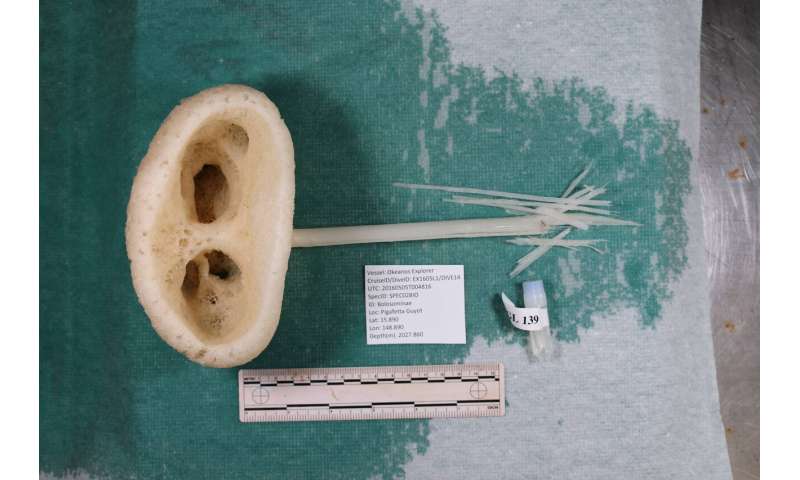
When we find a new genus or species, we are helping to describe our planet’s marine biodiversity, which refers to the variety of living organisms in the ocean, from bacteria and fungi to invertebrates and fish, all the way to marine mammals and birds. As all of these organisms are intricately connected, by documenting and describing marine biodiversity, we are building a better understanding of life and the impact of humans on Earth (in this case, in the ocean).
Also, a description of a new genus just emphasizes how little we know about the deep sea and deep-sea sponges.
What role does the newly discovered sponge play in the ecosystem?
Sponges are one of the most diverse and abundant groups of organisms on the bottom of the ocean, and they have huge impacts in the marine ecosystem. Many are large and provide structure in and around which other organisms live. Sponges are filter-feeding animals capable of maintaining the balance of micro flora and fauna and play important roles in the ocean’s nitrogen and carbon cycles. As sessile (attached) animals, they defend themselves by producing chemical compounds that may be useful in treating human diseases. As such, the study of deep-sea sponge biodiversity provides a necessary basis for future environmental management decisions as well as bioprospecting studies.
How did you get into this line of work? Do you have any advice for young people interested in being a zoologist who discovers new species?
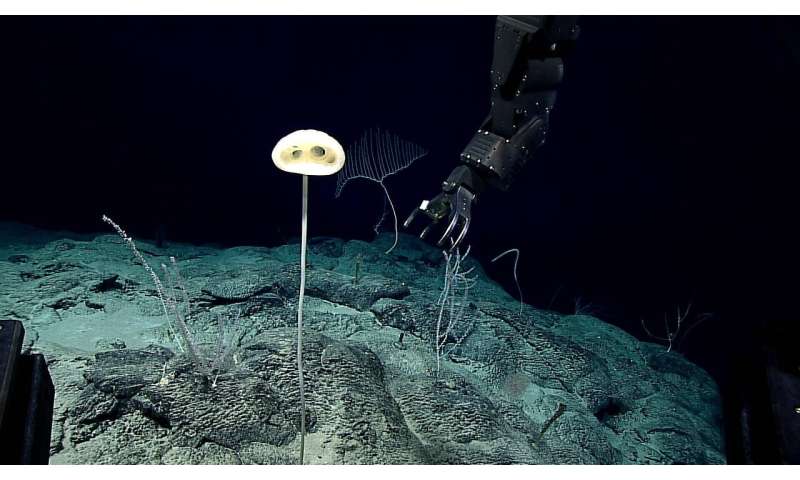
When I was an undergrad, I started to work with sponges as an intern at Universidade Federal da Bahia in Brazil. It was an opportunity to work on the scientific collection of the university, and I fell in love with sponges then. After that, I followed with a master’s degree and then I studied deep-sea sponges during my Ph.D. work at Museu Nacional, Universidade Federal do Rio de Janeiro.
As for advice for young people, apply for internships and try to figure out what most gets your attention and love. It is not that easy, but as long as you are doing what you really enjoy, it is worth it.
More information:
Cristiana Castello-Branco et al. A collection of hexactinellids (Porifera) from the deep South Atlantic and North Pacific: new genus, new species and new records, PeerJ (2020). DOI: 10.7717/peerj.9431
Q&A: A magnificent new sponge from the deep gets a name (2020, July 10)
retrieved 10 July 2020
from https://phys.org/news/2020-07-qa-magnificent-sponge-deep.html
This document is subject to copyright. Apart from any fair dealing for the purpose of private study or research, no
part may be reproduced without the written permission. The content is provided for information purposes only.
If you want to read more Like this articles, you can visit our Science category.
if you want to watch Movies or Tv Shows go to Dizi.BuradaBiliyorum.Com for forums sites go to Forum.BuradaBiliyorum.Com
